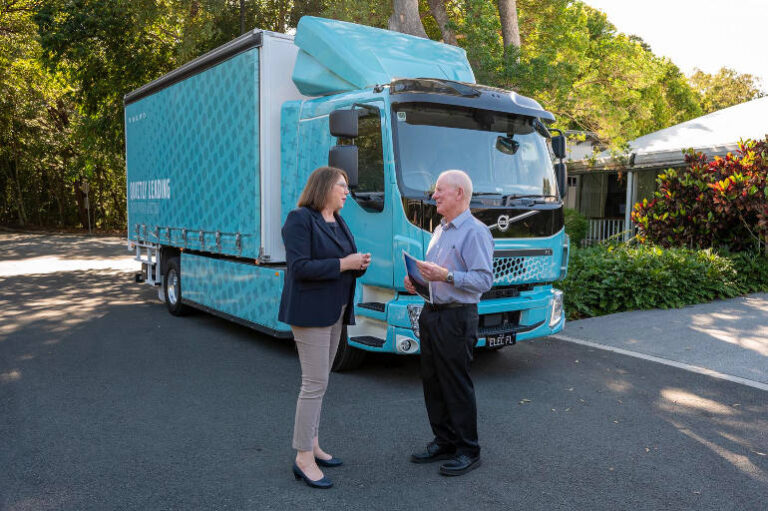There’s no shortage of issues on the radar for truck operators and associations, but one that needs an urgent clean sweep is rest stop areas used by truck drivers.
In fact it was the first issue raised in a list by the Australian Trucking Association in a press release primer for their March Trucking Australia 23 conference.
“The issue must be fixed once and for all,” the ATA said, adding, “Fifteen years ago, an audit of rest areas could not find a single route which met national guidelines on spacing.
While there has been some limited progress, there’s still not a single national freight route in Australia which would meet rest area guidelines.”
The ATA is urging any new rest areas on the national highway network be able to accommodate 53.5 metre combination vehicles, among other things.
“The new Prime Minister Anthony Albanese understands the situation is serious,” said the ATA noting the 2022 budget allocation of an additional $80 million over four years for upgrades to existing heavy vehicle rest areas and new ones.
“This delivered on an election promise which I made less than 12 months ago and it brings the Australian Government’s dedicated funding for heavy vehicle rest areas up to $140 million,” said Catherine King, Minister for Infrastructure and Transport in Albanese’s cabinet.
King was addressing the TruckingAustralia23 audience of several hundred on the Sunshine Coast in March. She told the delegates applications seeking funding will be opened soon, in the first half of this year.
Complaints about rest stops for trucks also focus on cleanliness.
ABC News mid April headlined an online report: “Lack of bathroom cleanliness on WA rural roads slammed”, a story about women truck drivers describing bathrooms at rest stops as disgusting and a health issue.
“There’s not that many [facilities] to start with, and either they’re not cleaned or they’re just run down,” WA truck driver Julie Gooch was reported as saying. Gooch said male facilities were as bad. She said the lack of clean showers and toilets at rest stops was likely a deterrent to attracting new people to the industry, which is crying out for drivers.
“If you could have that facility every couple of 100 kilometres, that is cleaned on a daily basis, I think you would attract more people to the industry.”
Cranbrook Shire in the state’s southwest, or Great Southern region, was a model of immaculate facilities. “If they can do it there, why can’t they do it in more places?” asked Gooch.
WA’s Main Roads response to the outcry was: “Due to the remote nature of the WA network and the considerable distance between some of the current roadside rest areas and Main Roads’ maintenance depots, the capacity to provide and maintain toilets is limited.” The department was reportedly reviewing the state’s rest area strategy.
King said the steering committee that will consider the rest stop funding applications is chaired by sometime truck driver Senator Glenn Sterle and comprises industry representatives including five active heavy vehicle drivers.
“For the first time in a long time, this steering committee will give truckies a voice in shaping the projects which are funded through this initiative,” said King.
“Trucks keep Australia moving – it is only fair that the men and women who drive them get the facilities they deserve,” said King.
Also on the subject of rest stops, the ATA urged the industry and government to think about health and wellbeing, focal points of another industry initiative called Healthy Heads in Trucks and Sheds.






